Out of the Cradle has an interesting interview with James Dunstan on space law and commerical space.

Book Review: From the Garage to Mars
Category: Nonfiction Reviewed by: Susan Raizer Title: From the Garage to Mars: Memoir of a Space Entrepreneur Author: Scott Tibbitts

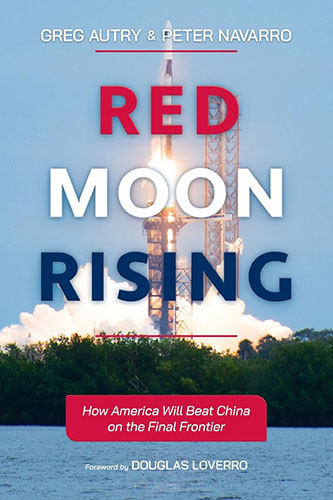

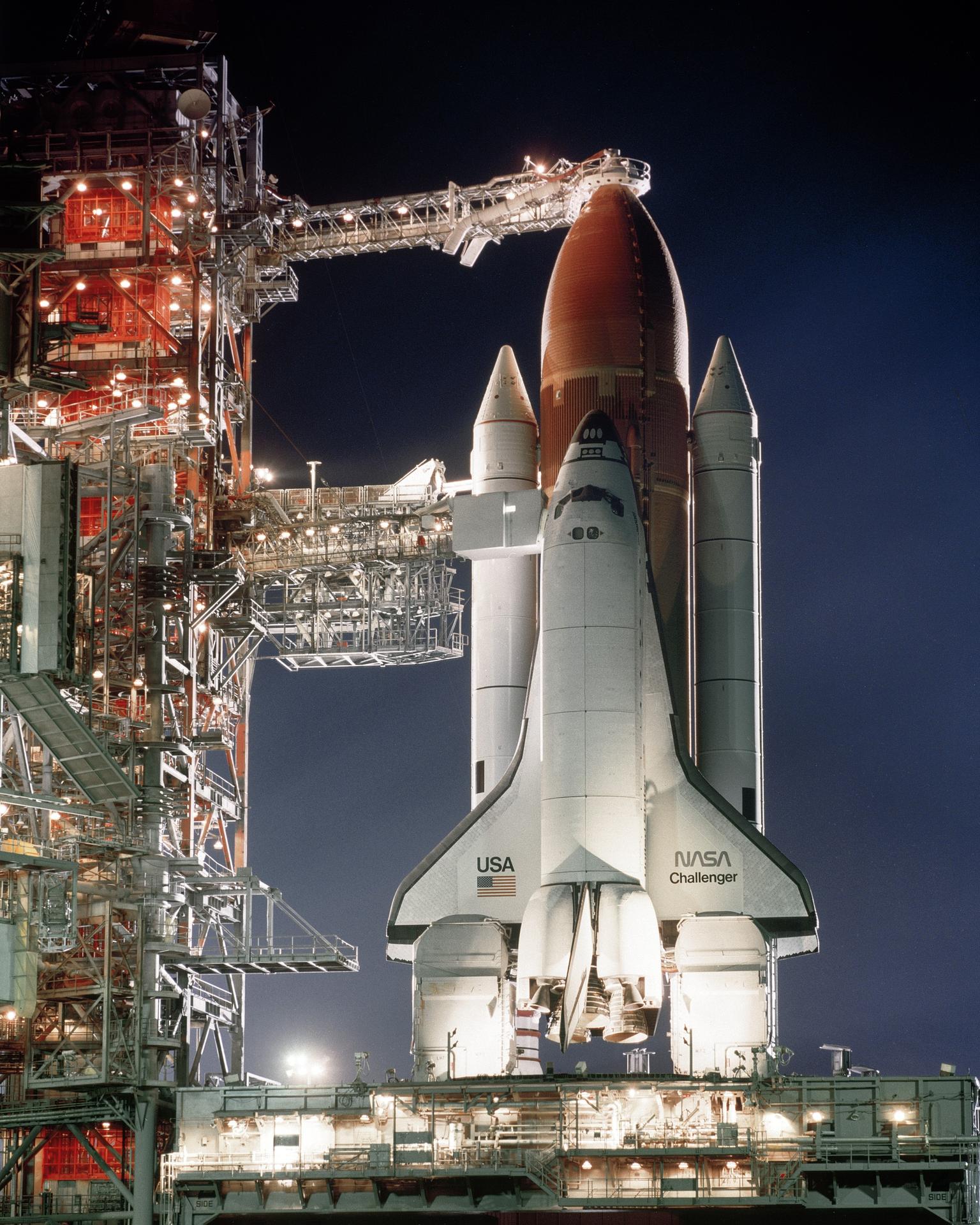

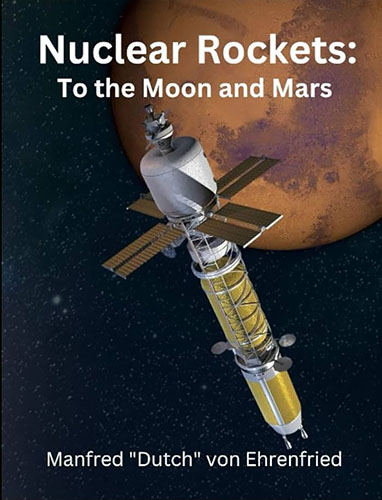
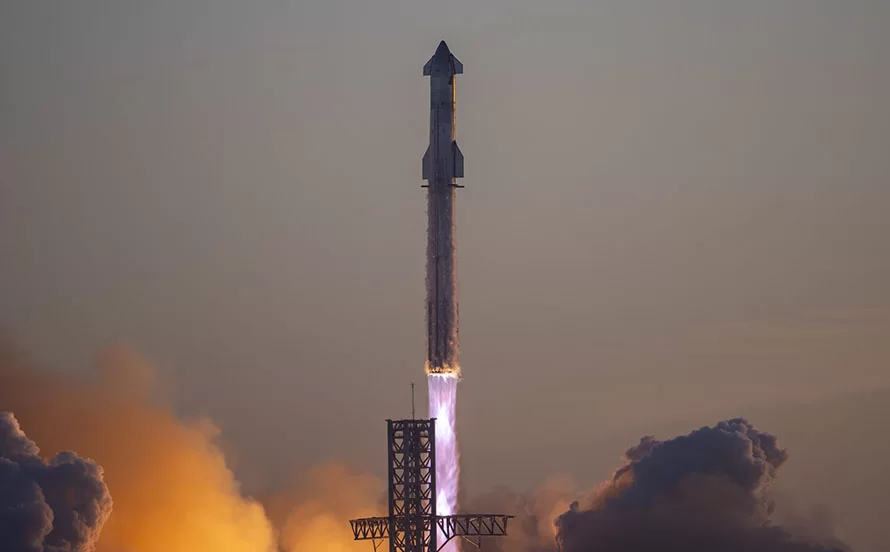
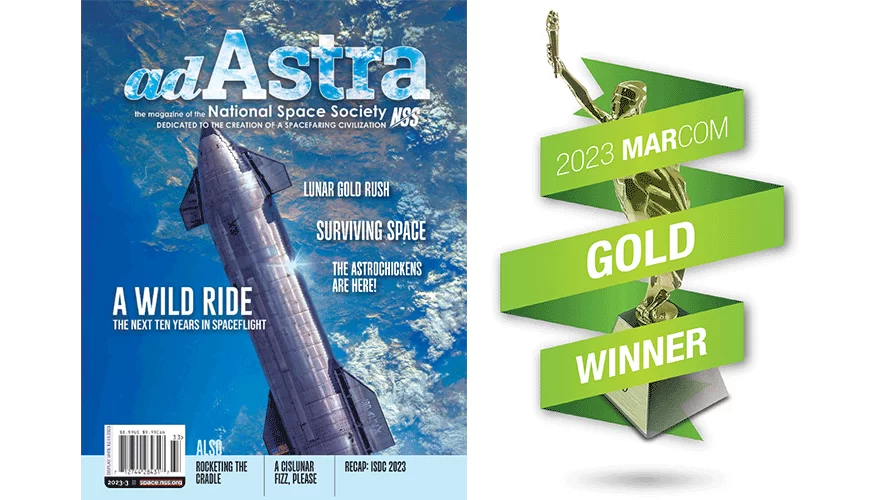
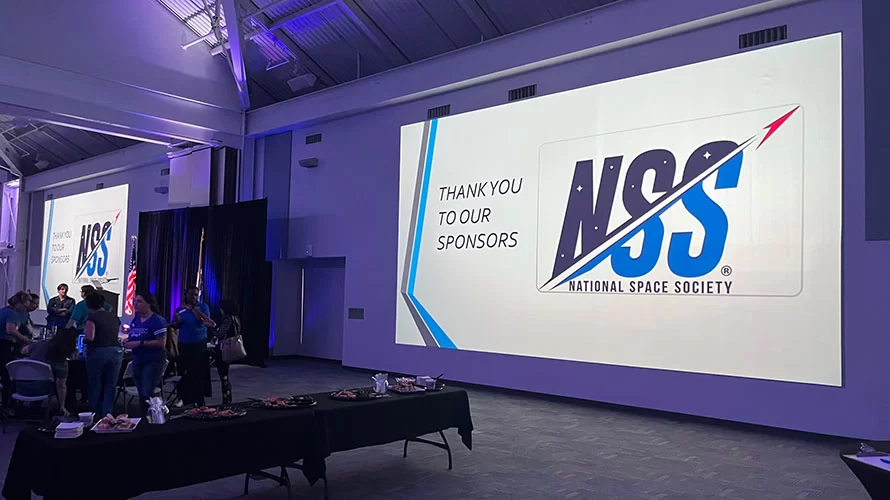
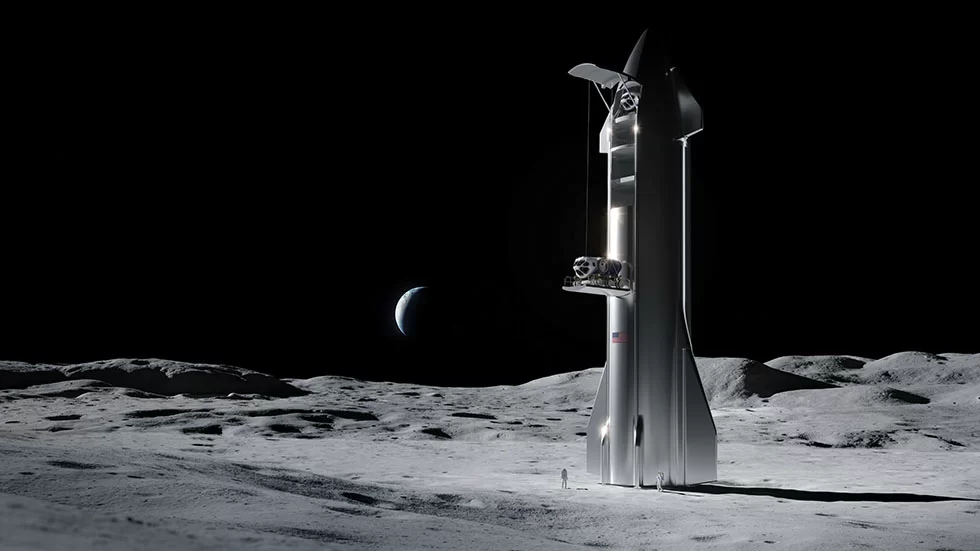

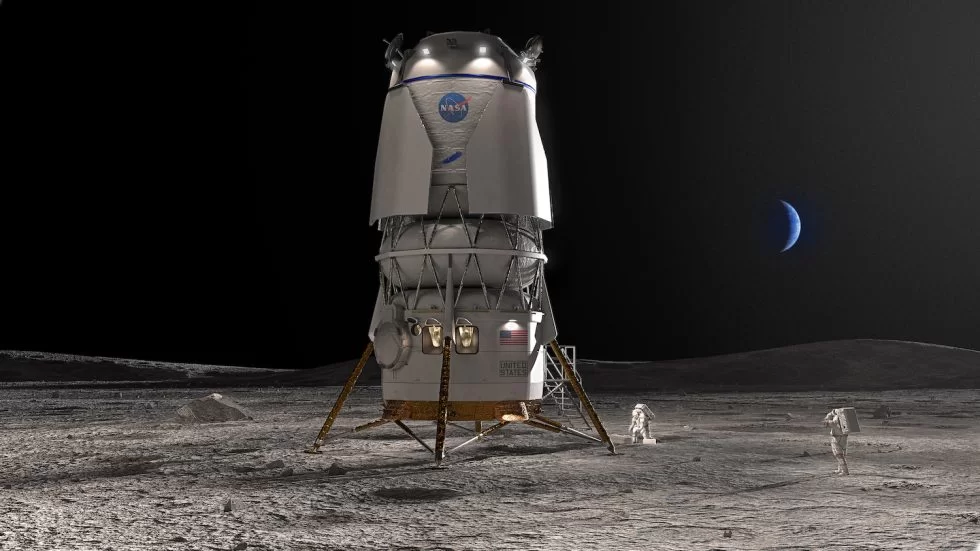
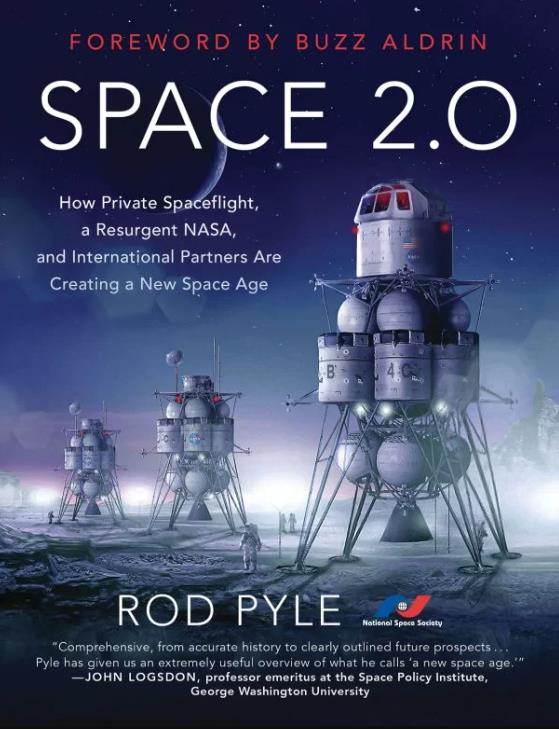
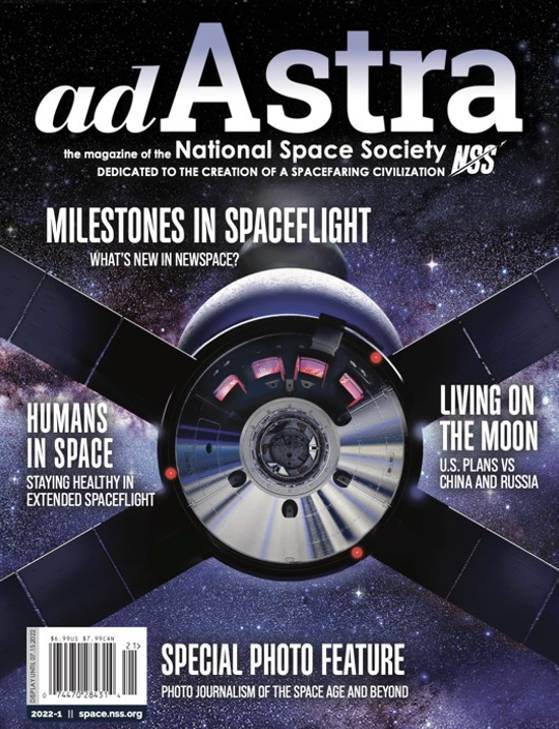
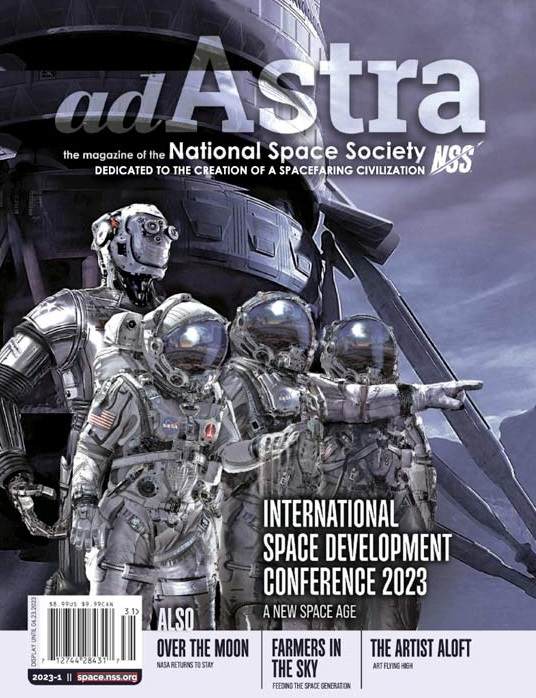


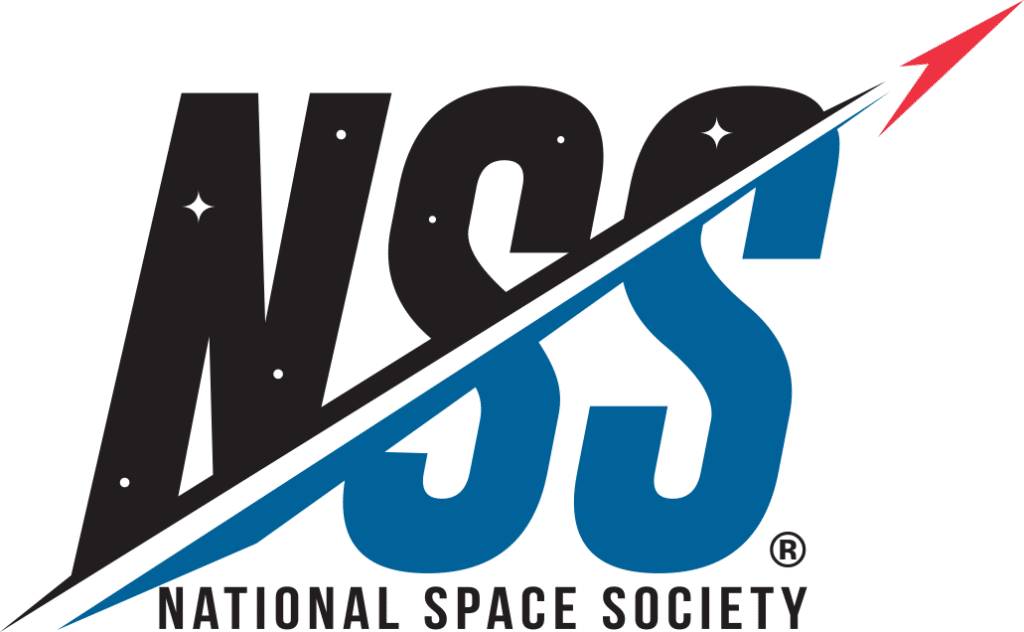
2 thoughts on “Interview With Jim Dunstan”
I read an AIAA paper a few months ago about MEMs technology applied to rocketry. They spoke of turning rockets into a usable commodity. Microthruster arrays like those built by TRW can rival larger engines at far lower mass and far higher reliability – achieving 1000 to 1 thrust to weight ratios and astronomical reliabilities – when built on the scale of pixels on a HDTV screen – forming what I call a ‘propulsive surface’ of millions of thrust elements to ‘paint’ ‘thrust effects’ across the surface – the same way real time pictures are painted by tiny spots of glowing plasma on a HDTV screen. Micro UAVs are one application, on a larger scale though, such surfaces can become as common as wheels and as easy to use in a wide variety of aerospace applications – incuding major launcher applications.
http://pdf.aiaa.org/preview/CDReadyMJPC2005_1177/PV2005_3650.pdf
Comments about MEMs propulsive surfaces
Area scales as the square of dimension, weight scales as the cube. So, smaller engines have higher thrust to weight. Engines on a MEMs scale achieve 1,000 to 1 thrust to weight as a result. This is 10 to 20 times better than macroscopic engines.
MEMs processing costs about $1 per square inch. MEMs rockets produce 50 pounds per square inch. So, we’re talking about $0.02 per pound of thrust.
So, a 3 million pound thrust engine – enough to loft a fully loaded ET off the pad at nearly 2 gees – would cost only $60,000 !! and cover 60,000 sq inches – 416.7 sq ft – a disk 23 ft in diameter – 4.6 ft less than the diameter of the ET itself.
With 1,000 to 1 thrust to weight, the 3 milion pound thrust engine masses only 3,000 pounds. Added to the 58,500 pound tank we have an empty mass of 61,500 pounds and a full-up wieght of 1,683,000 pounds.
Adding a 7,000 pound section to the intertank region for a payload, and a 25,000 pound payload – we have a full up weight of 1,715,000 pounds at lift-off and 108,500 pound empty weight. With an exhaust velocity of 14,650 fps this system has an ideal velocity of;
Vf = 14650 * LN(1715000/108500) = 40,440 fps
Which exceeds escape velocity.
If the ET costs $50 million – this is $2,000 per pound – which is remarkable.